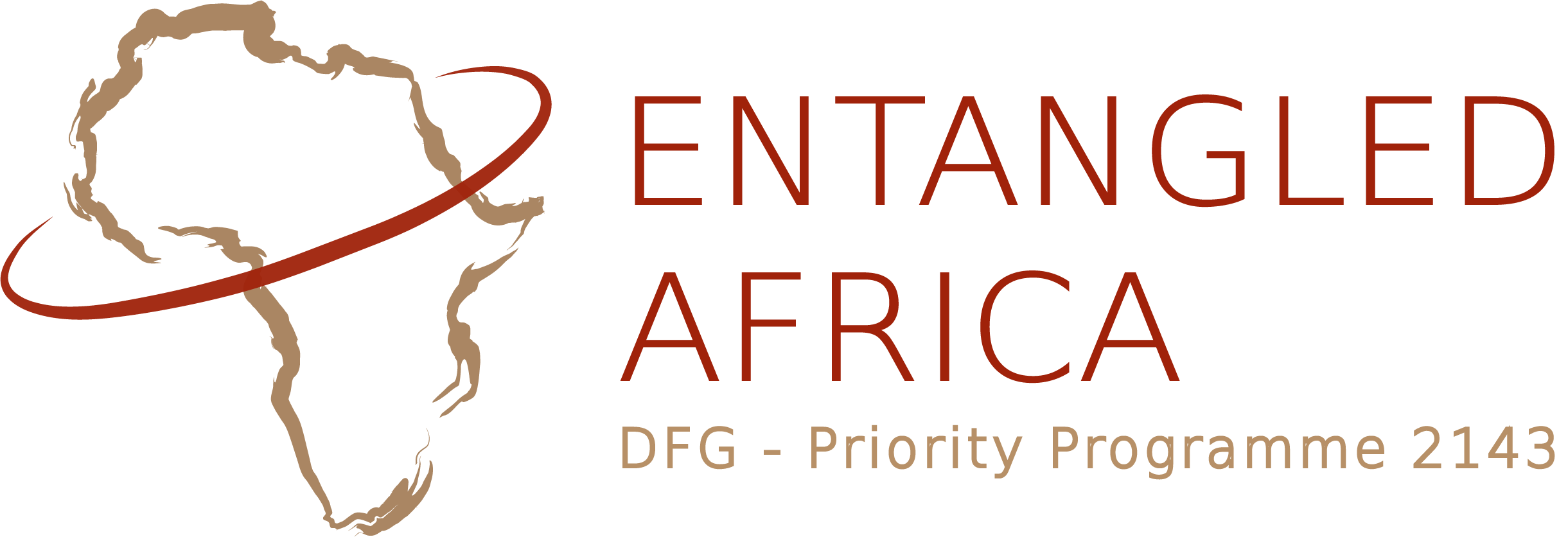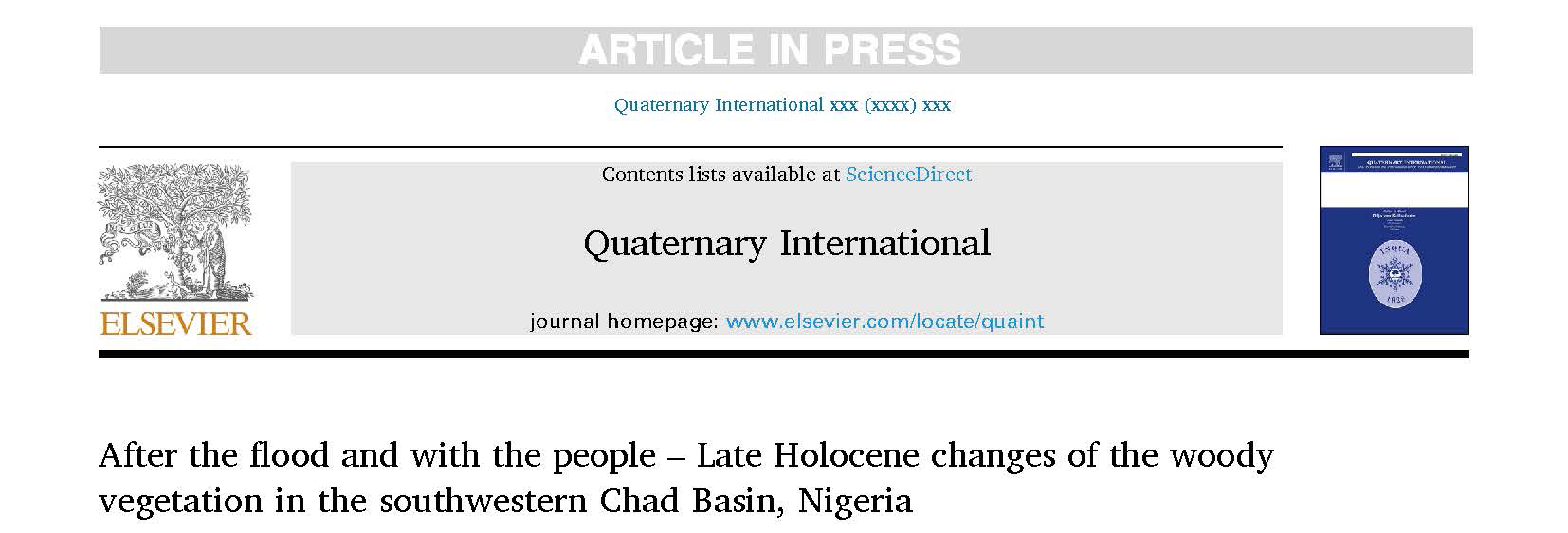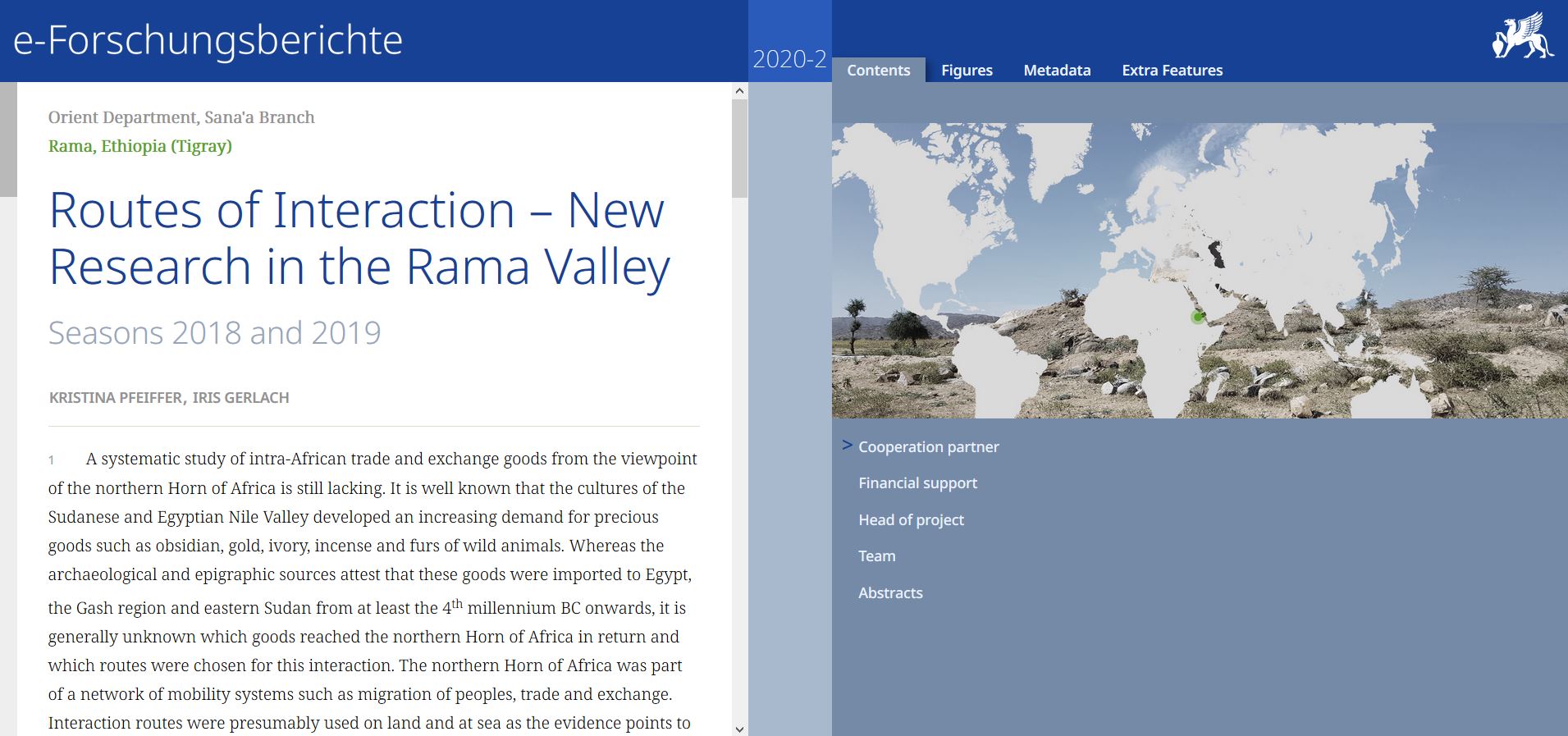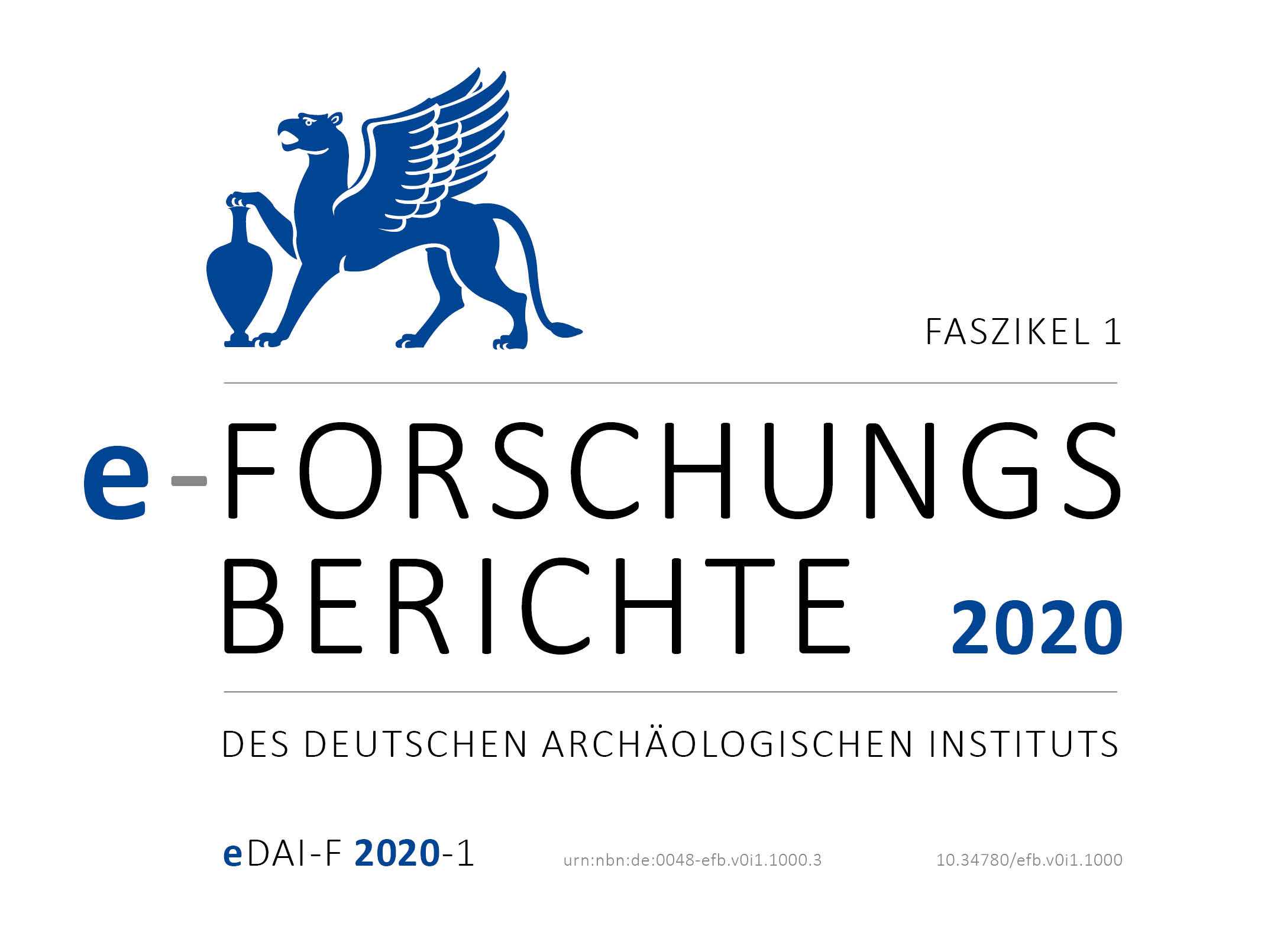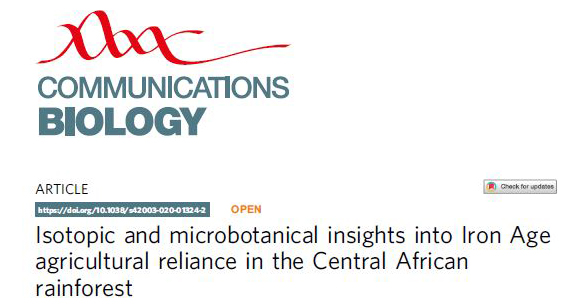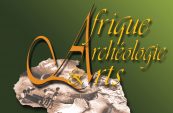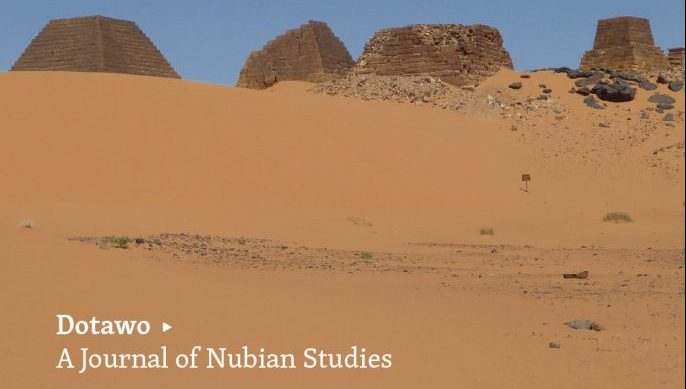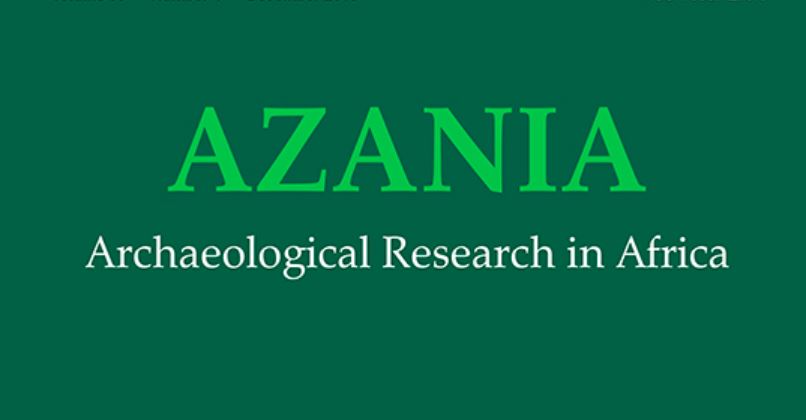In the wake of the COVID-19 pandemic, the planned work of the InterLINK project in North Kordofan had to be spontaneously cancelled in spring 2020. Instead, research focused on remote sensing of the area. [...]
The development of cultivated landscapes under the influence of food production has decisively shaped the composition and appearance of West African savannas as present today. With trees and shrubs forming an important constituent of such landscapes, and its composition characterizing different types of land-use, anthracology is a tool particularly well suited to trace developments and changes through human exploitation of the landscape. [...]
In view of the paucity of research, the Islamic archaeology of the Central Sudan and Sahel remains one of the less well known of the African continent. While this also applies to the material legacy of the past six centuries, it is particularly sites and remains from the early period of Islamic influence in the region that are virtually unexplored. [...]
The project »Routes of Interaction« is a collaboration between the Sanaa Branch of the Orient-Department, the Department of Earth Sciences – Physical Geography of the Freie Universität Berlin and the Egyptian Museum – Georg Steindorff, Leipzig University. Embedded into the SPP Programme of the DFG »Entangled Africa«, field work has been carried out since 2018. [...]
Focusing on past culinary practices, the “Connecting Foodways” project explores cross-cultural connections and technological transmission between the Middle Nile Valley and central and eastern Africa during the early Iron Age (ca. 1000 BC – 1000 AD). It is one of twelve projects of the DFG Priority Program “Entangled Africa” (SPP 2143), which explores inner-African relations and thereby develops new perspectives for joint archaeological research in Africa. [...]
The emergence of agriculture in Central Africa has previously been associated with the migration of Bantu-speaking populations during an anthropogenic or climate-driven ‘opening’ of the rainforest. [...]
The history of the Lake Chad region is intrinsically linked to the Kanem-Borno Empire (8th-19th century AD), the earliest, longest-lived and most powerful state in the Central Sudan. [...]
This paper presents some medieval material from remote areas within the Bayuda and the Western Deserts in Sudan, and draws several conclusions about the presence of Christianity and the Makurian administration within them. [...]
The archaeology of food has great potential for developing a more inclusive approach to the investigation of past African society and interaction beyond a traditional emphasis on the lifestyles and activities of social elites. [...]
Das Forschungsprojekt
„InterLINK – Interregional Linkage Investigations in Northern Kordofan“ der Forschungsstelle Alter Sudan erforscht mögliche Verbindungen zwischen den antiken und mittelalterlichen Kulturen des Nil
tals und ihren näheren und ferneren Nachbarn im Westen. {...]
